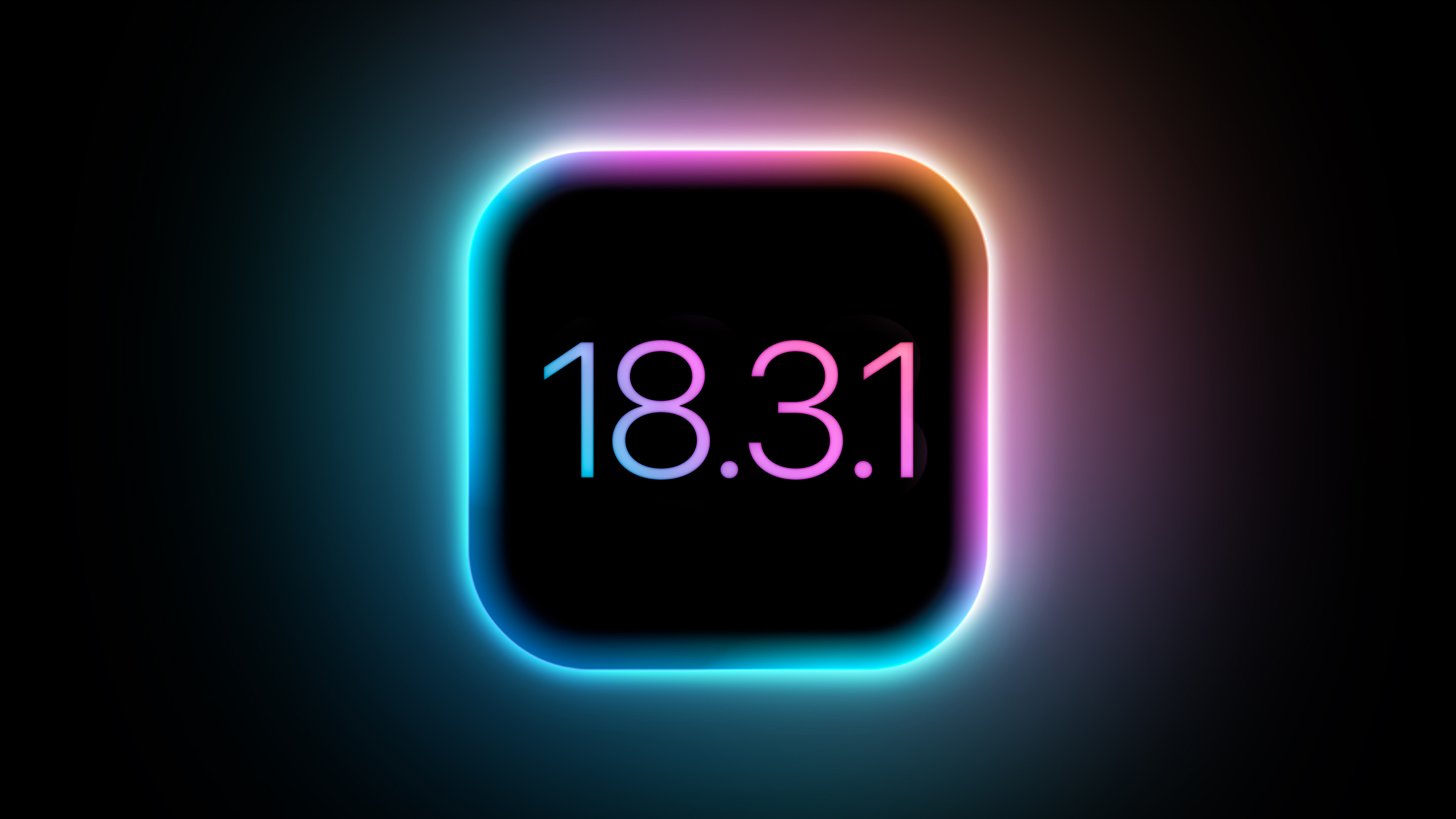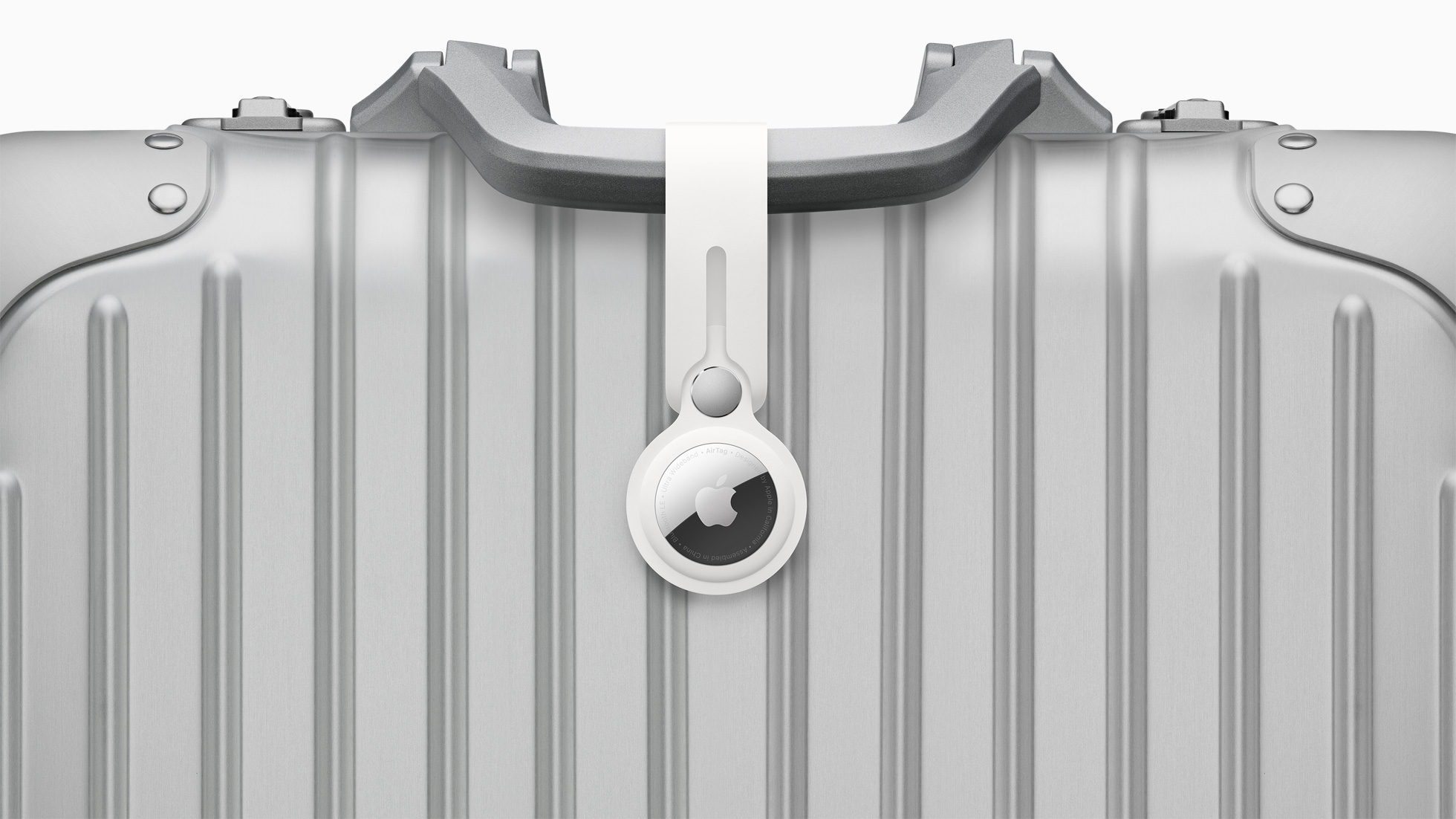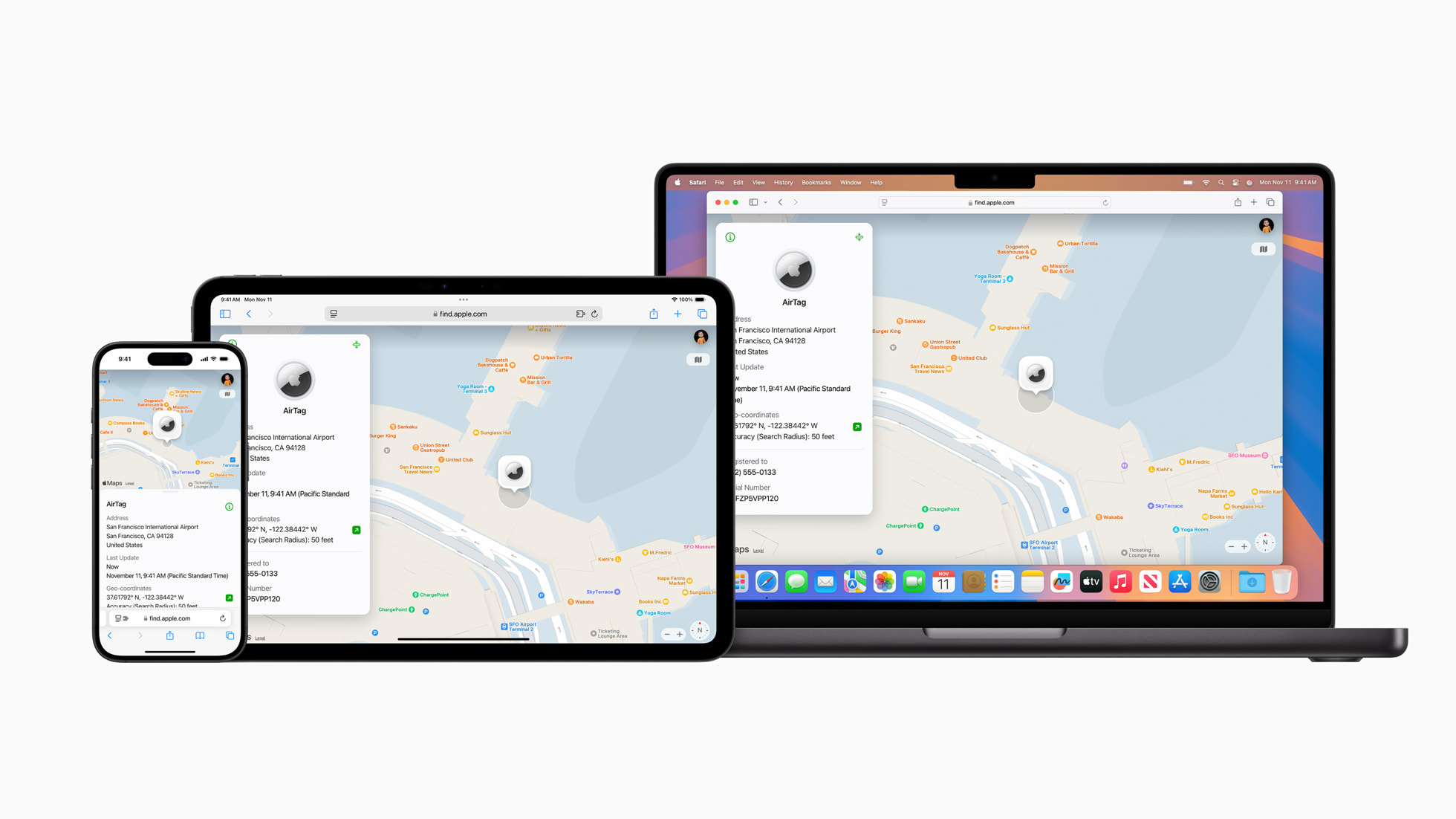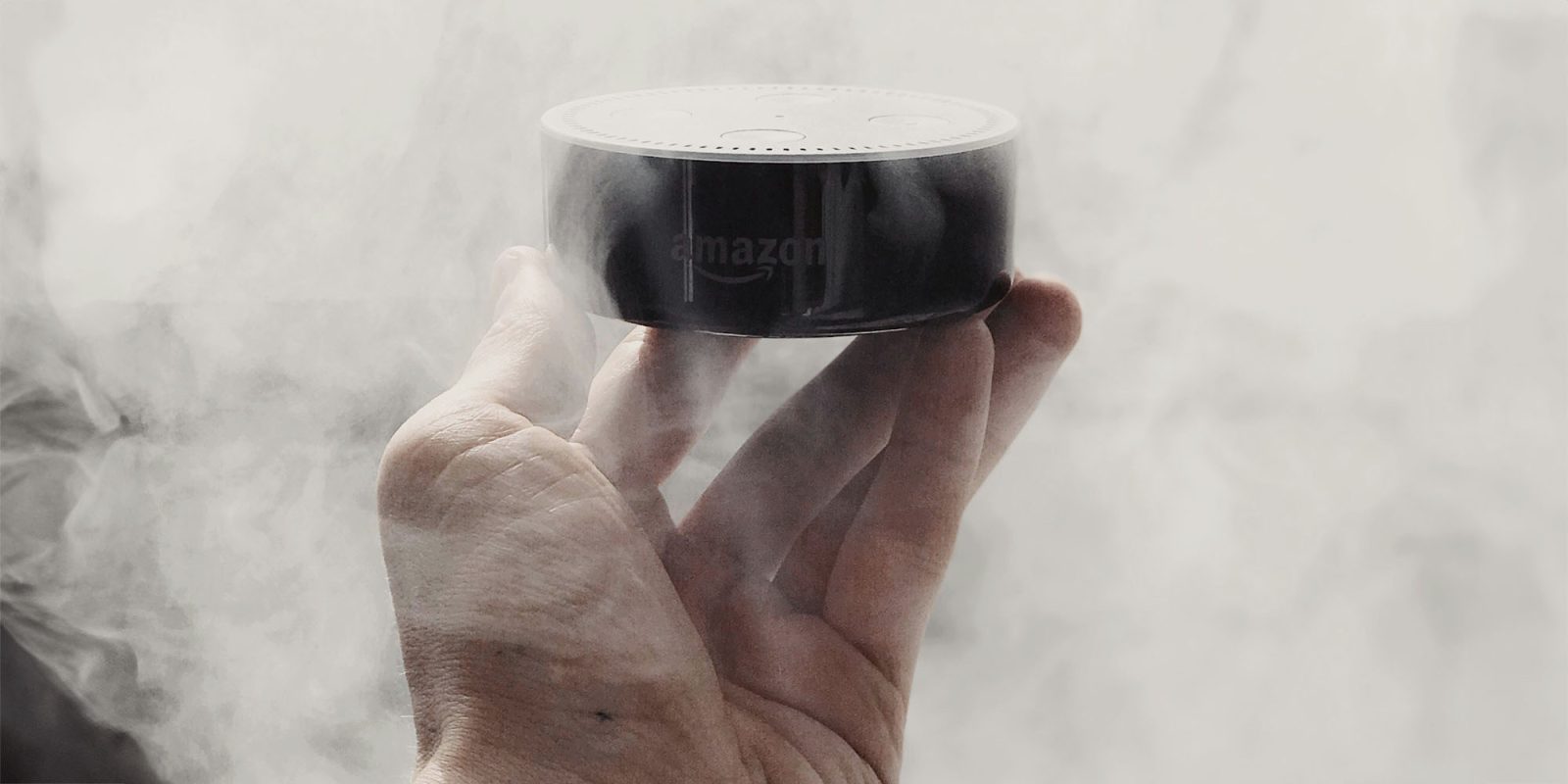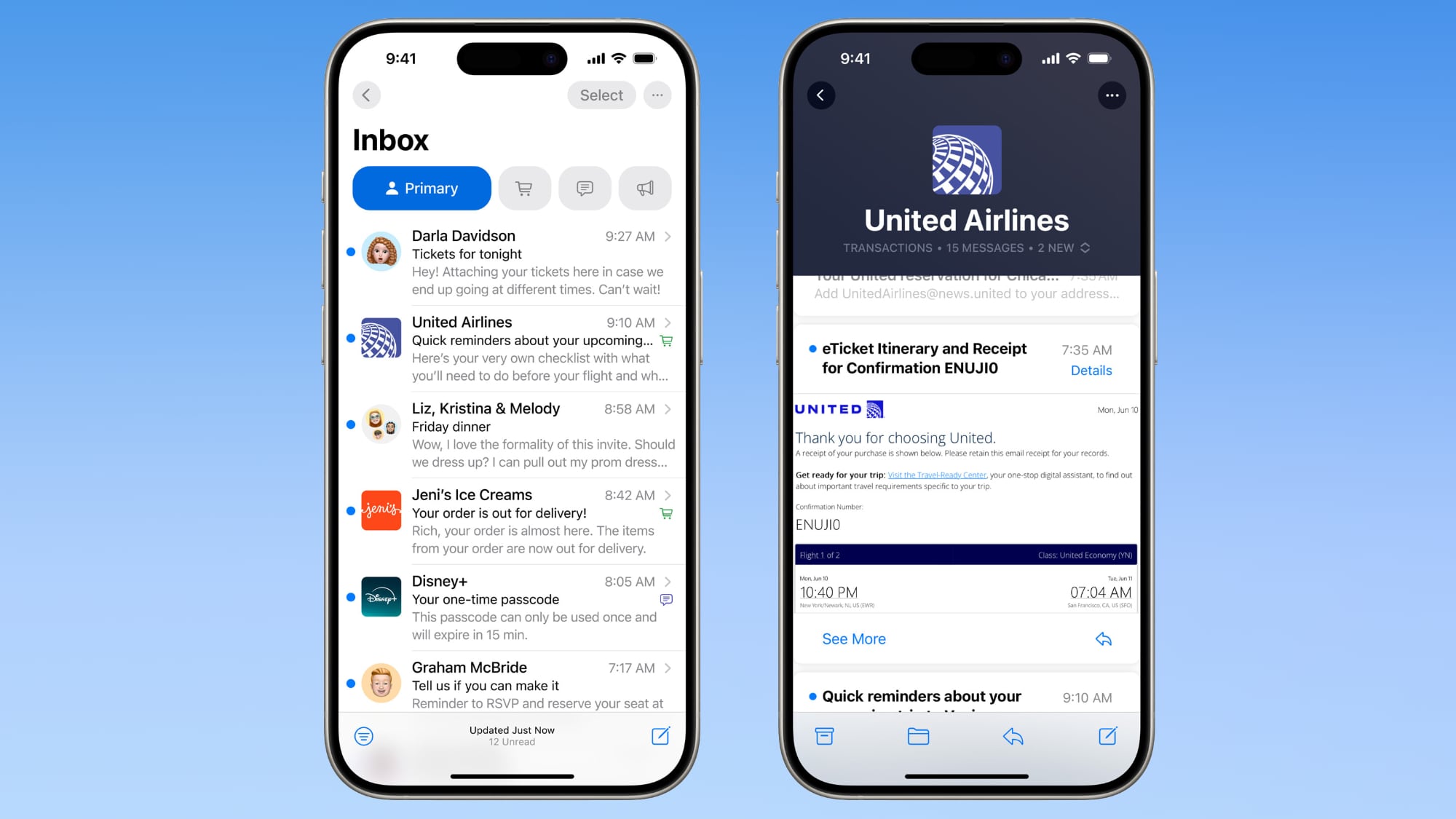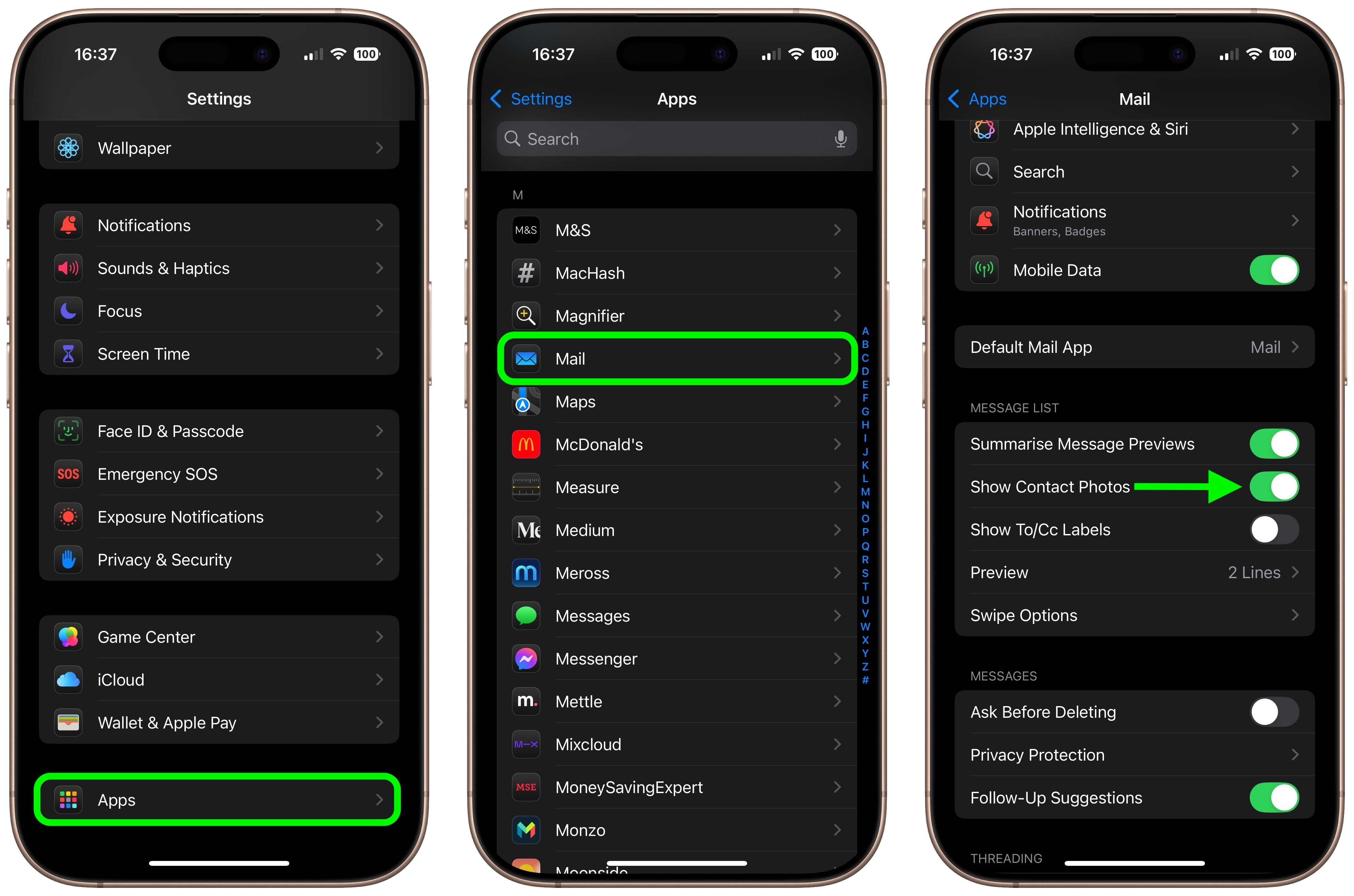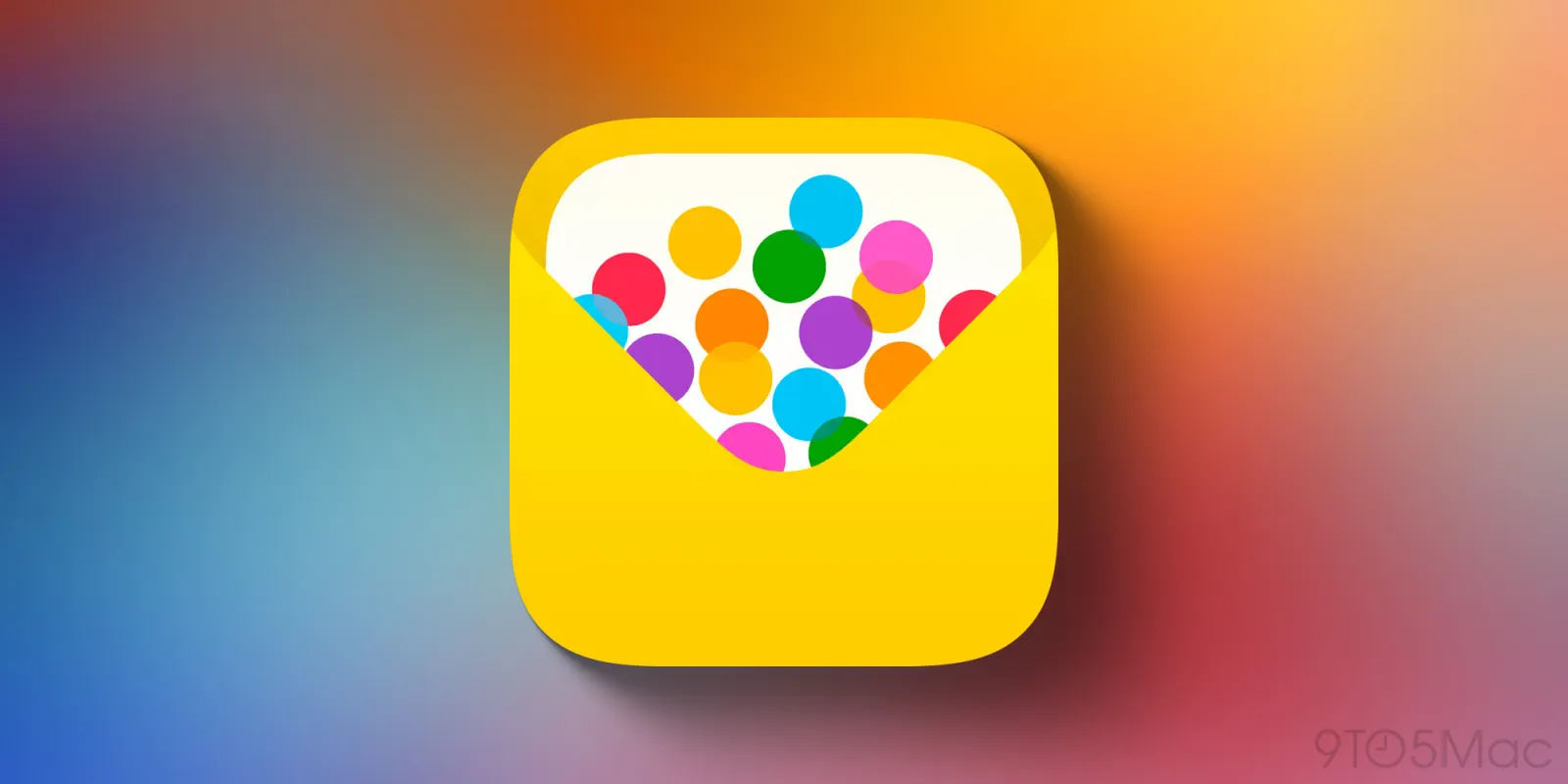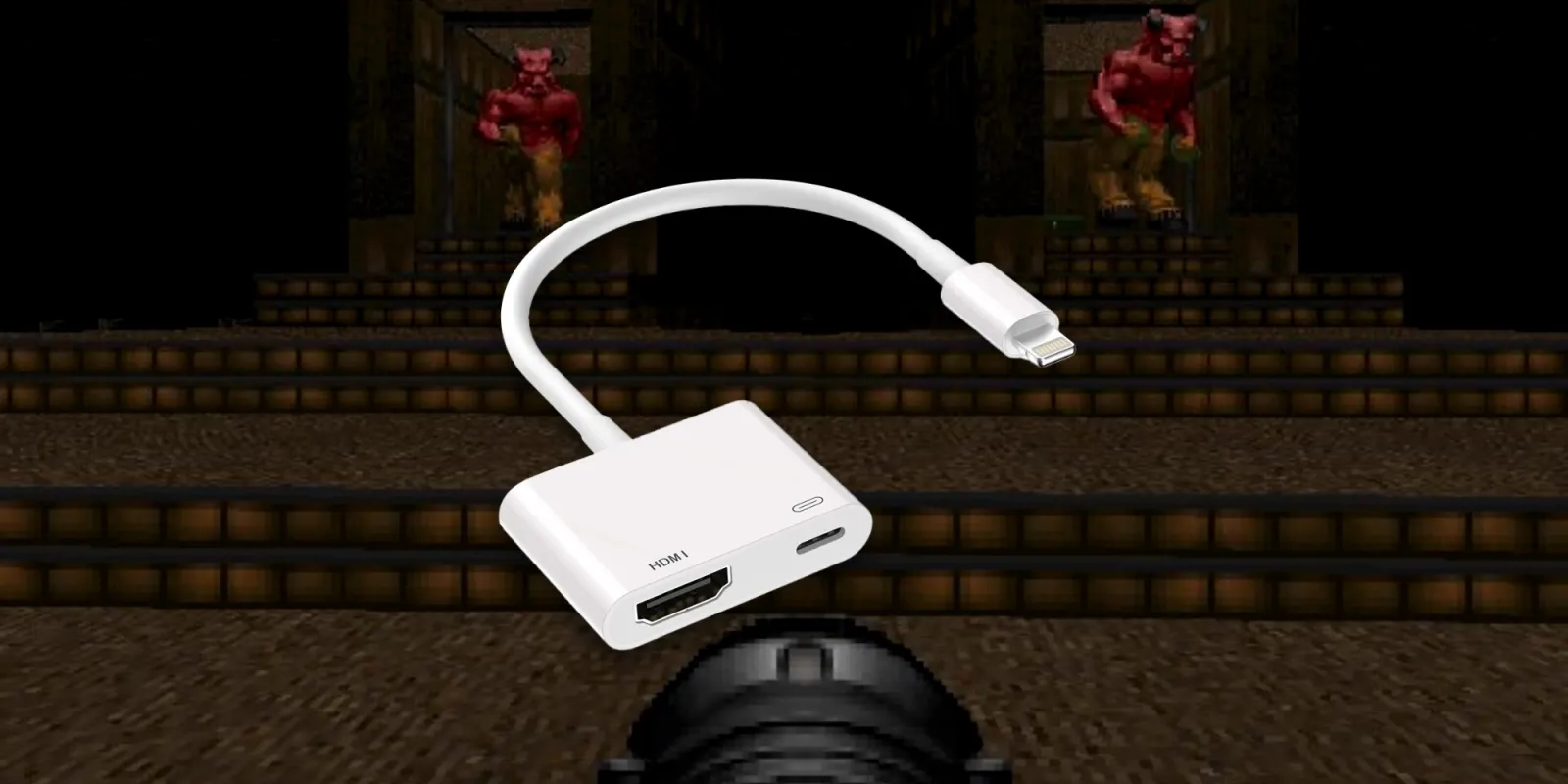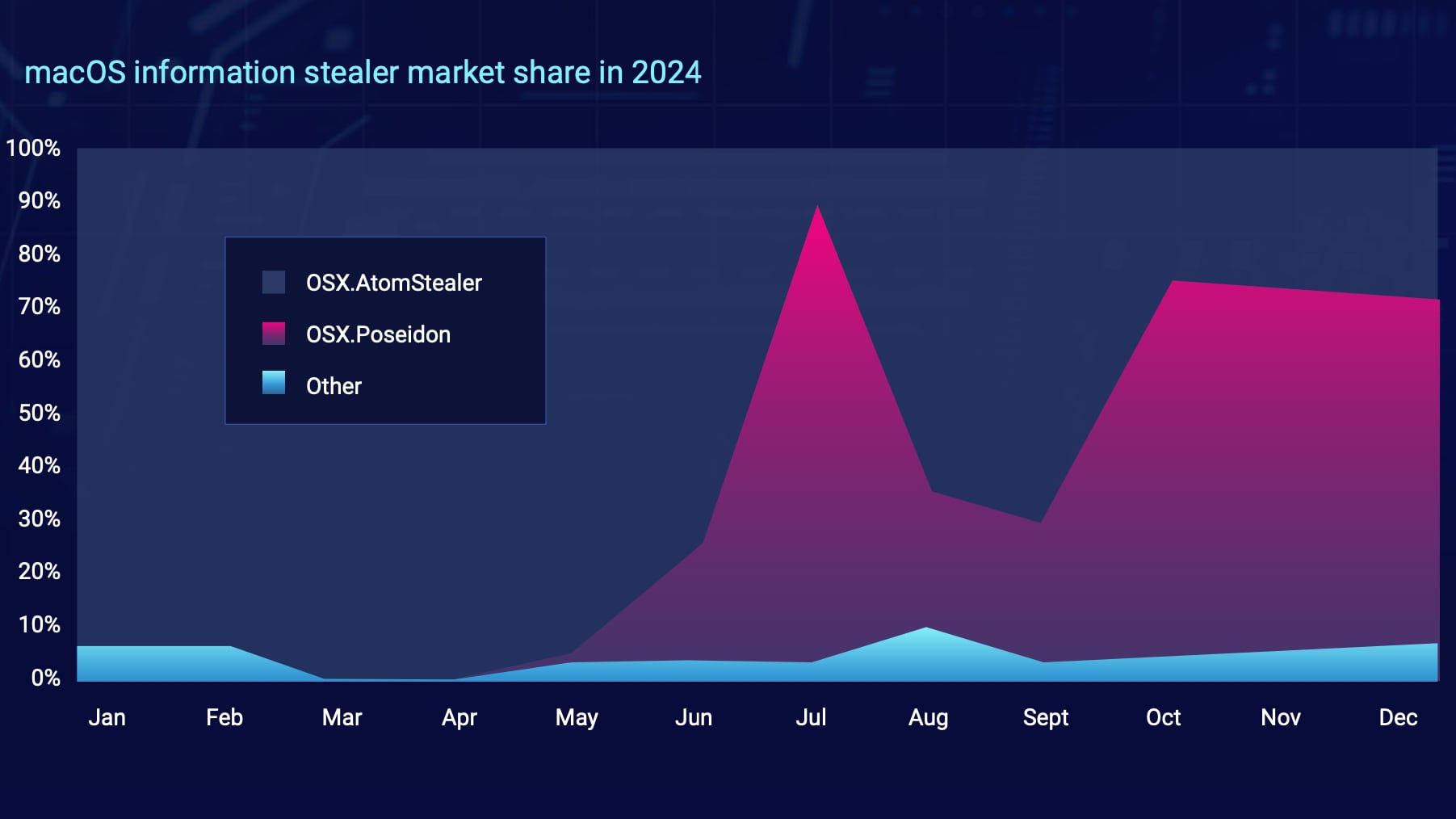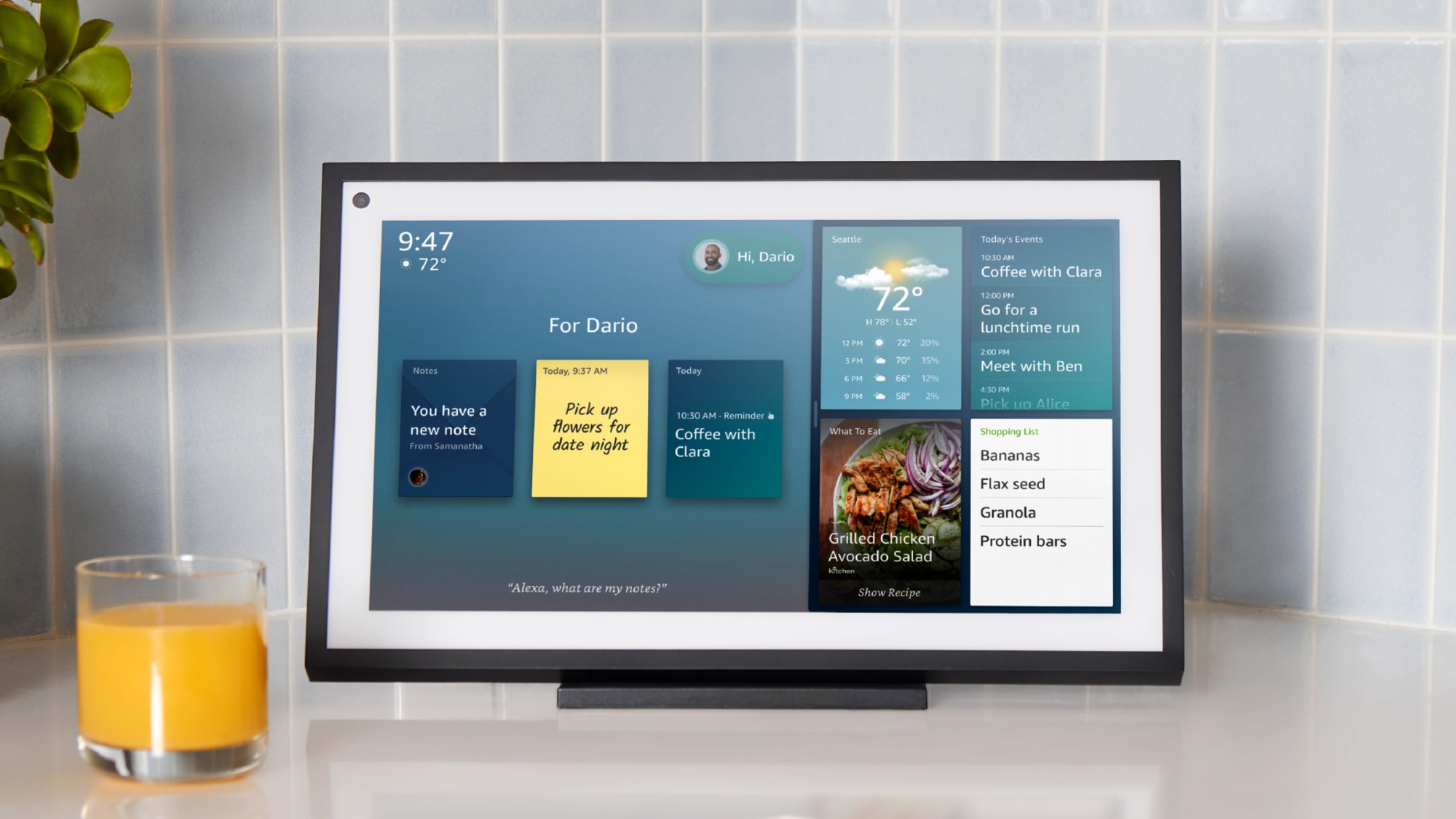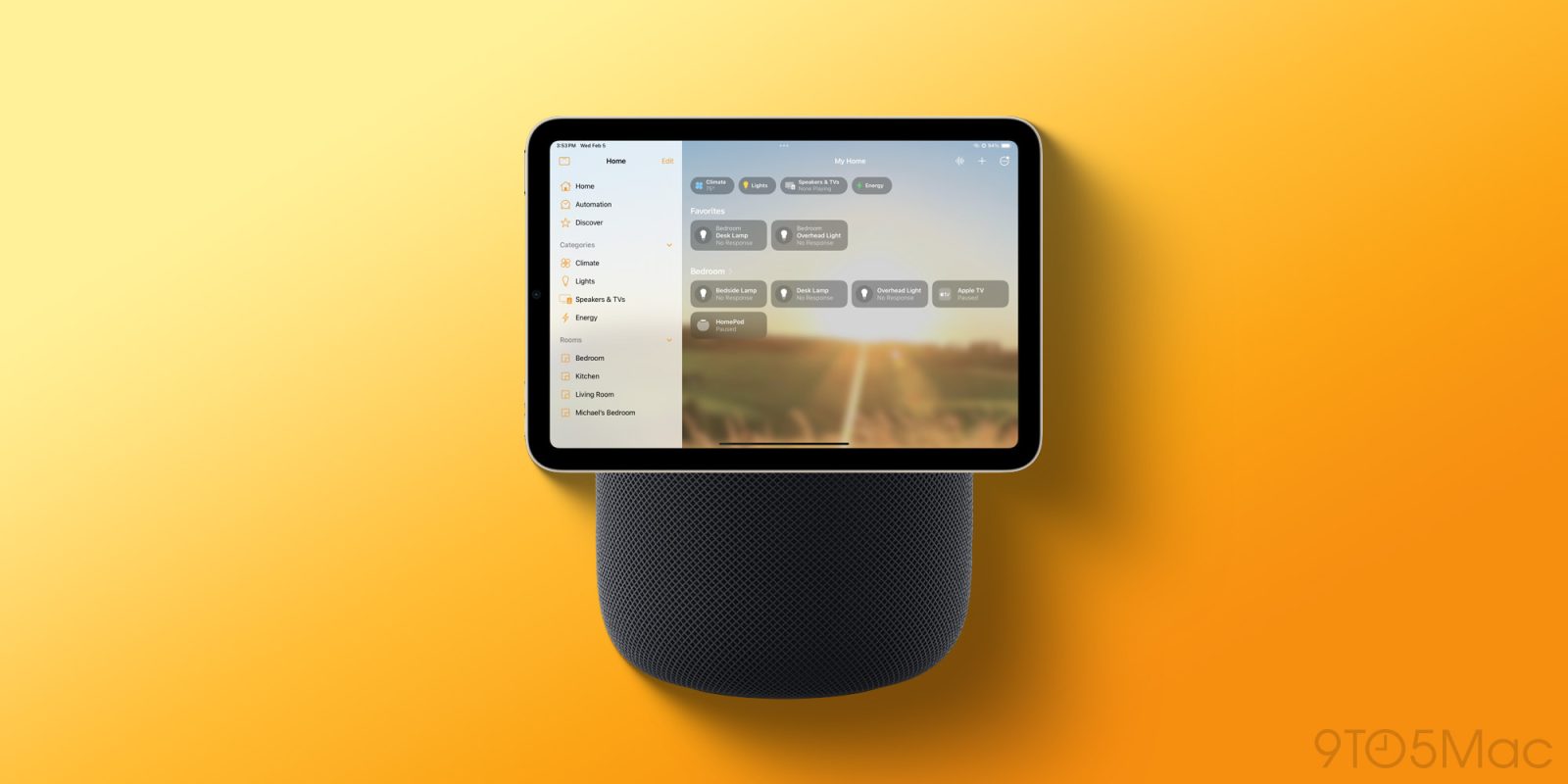Remember when 16GB felt like an ocean of storage on the original iPhone? Those were simpler times. Apple initially offered the OG device in storage capacities of 4GB and 8GB, but just months after launching, Apple nixed the 4GB model, eventually replacing it with a 16GB option. Fast forward to 2025, and Apple offers 128GB as the base storage tier for most iPhone 16 models. That might sound like a lot by comparison, but it's becoming genuinely problematic for users caught in an increasingly aggressive AI storage squeeze.
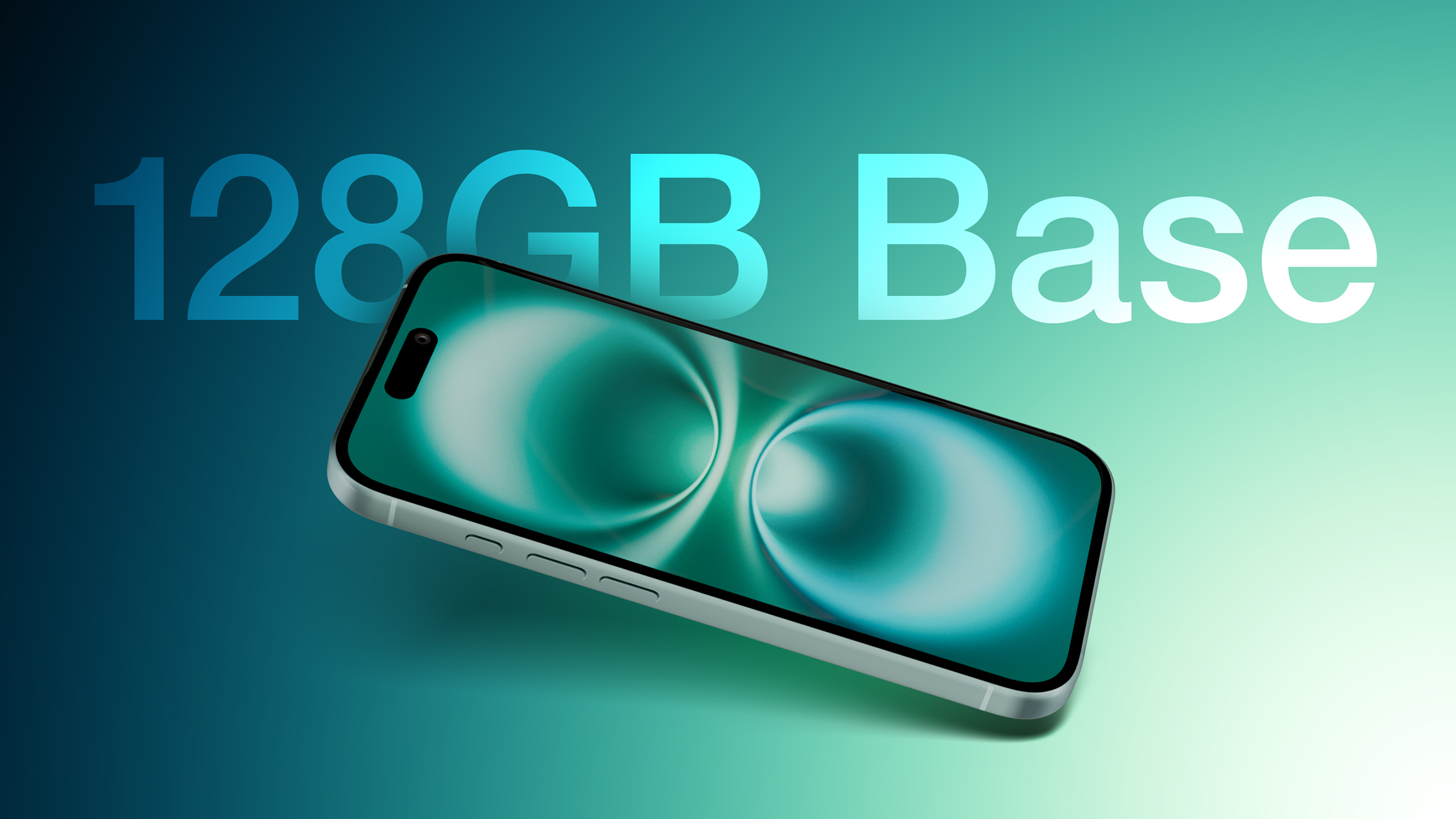
Indeed, with the recent release of iOS 18.3, this AI storage creep was brought into sharp focus. Apple Intelligence, the company's
enabled-by-default suite of AI features, now requires a whopping 7GB of storage space – and that's just the beginning. With iOS 18.4 on the horizon promising enhanced Siri capabilities – and iOS 19 likely to deliver more on-device AI models – these storage requirements are only going to grow.
For perspective, iOS 18.3 takes nearly 6% of a 128GB iPhone's total storage capacity and dedicates it to AI features that the user may not even use. And that's before they've even taken their first photo or downloaded their first app. Speaking of photos, a standard iPhone 16 can capture 48MP images and shoot 4K Dolby Vision video at 60fps, which can quickly devour storage, as many users will attest. If it's an iPhone 16 Pro Max, the advanced camera capabilities are even more demanding of solid-state space.
In fairness, Apple has acknowledged the need for more storage in its top-tier iPhone 16 Pro Max, which starts at 256GB. Apple first nixed the 128GB storage tier for its largest device when the iPhone 15 Pro Max was
released in 2023. This suggests the company understands that storage demands are increasing, making its decision to stick this long with 128GB for other models all the more perplexing. Or perhaps not, given that it still gleefully sells the iPhone SE in a 64GB configuration!
Meanwhile, Apple's continued offering of just 5GB of free iCloud storage simply adds insult to injury. Believe it or not, that figure hasn't changed since iCloud's introduction in 2011. Most would agree it's a measly amount that forces many users to either pay for additional cloud storage or constantly manage their local storage.
The technology industry has evolved significantly since 128GB became a standard storage tier. Component prices have decreased, while storage demands have skyrocketed, and AI features are only going to get more prevalent. Just as Apple made 16GB the
new baseline for MacBook memory late last year (a move also likely made due to Apple Intelligence's RAM requirements), it's time for the company to make a similar leap with iPhone storage. Such a move would be far from unprecedented – remember the 4GB iPhone?
In the year 2025, 128GB is the new 4GB. Users deserve better than paying $100-500 extra just to avoid the storage anxiety that comes with downloading a bigger (but not necessarily better) software update. These days, 128GB isn't just tight — it's becoming untenable. So please Apple, make 256GB the new minimum, starting with the iPhone 17 lineup. Better yet, bring it to the upcoming iPhone SE 4.
This article, "
Apple's Base 128GB iPhone Storage Tier Needs to Go" first appeared on
MacRumors.comDiscuss this article in our forums


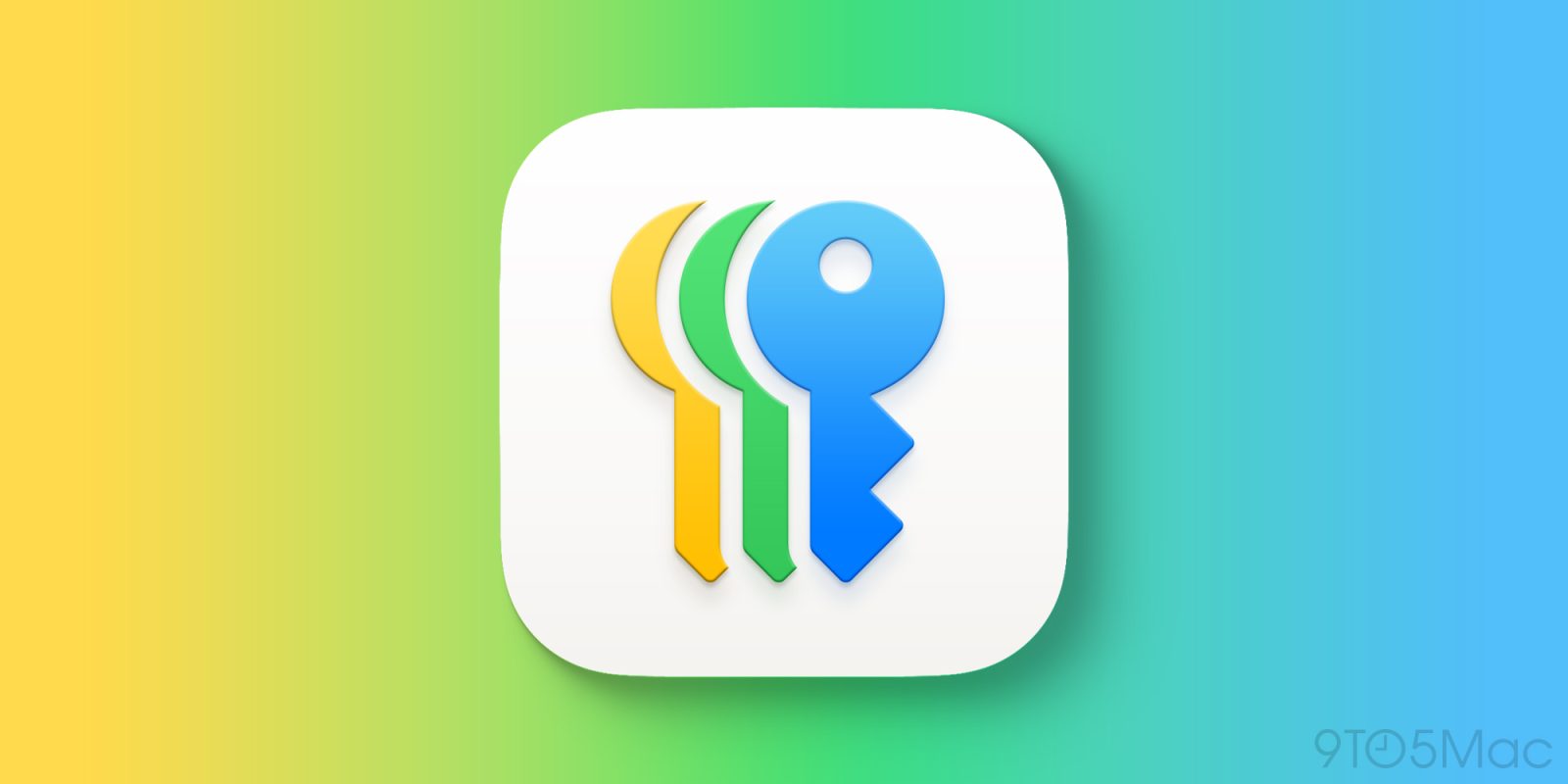


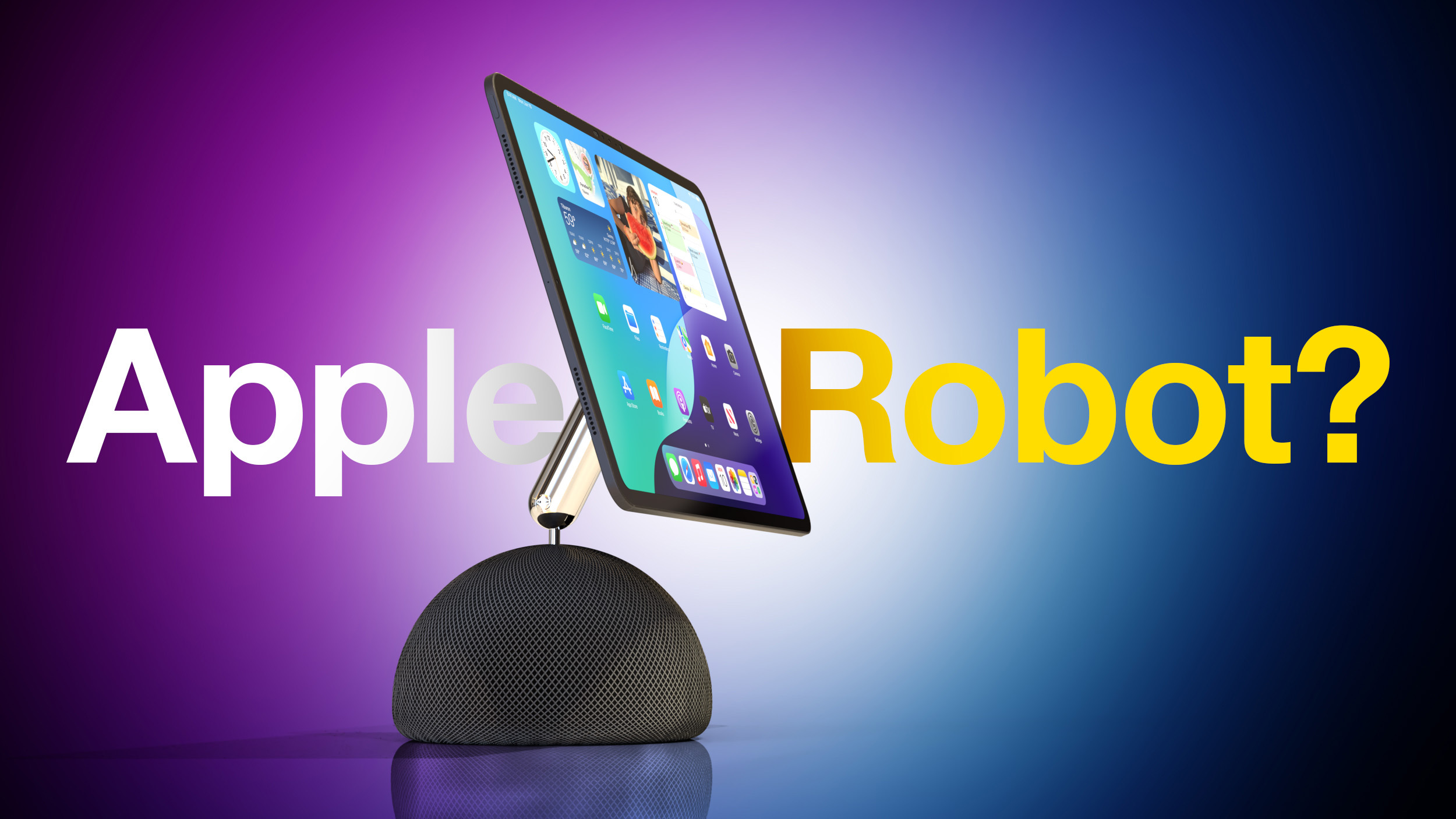
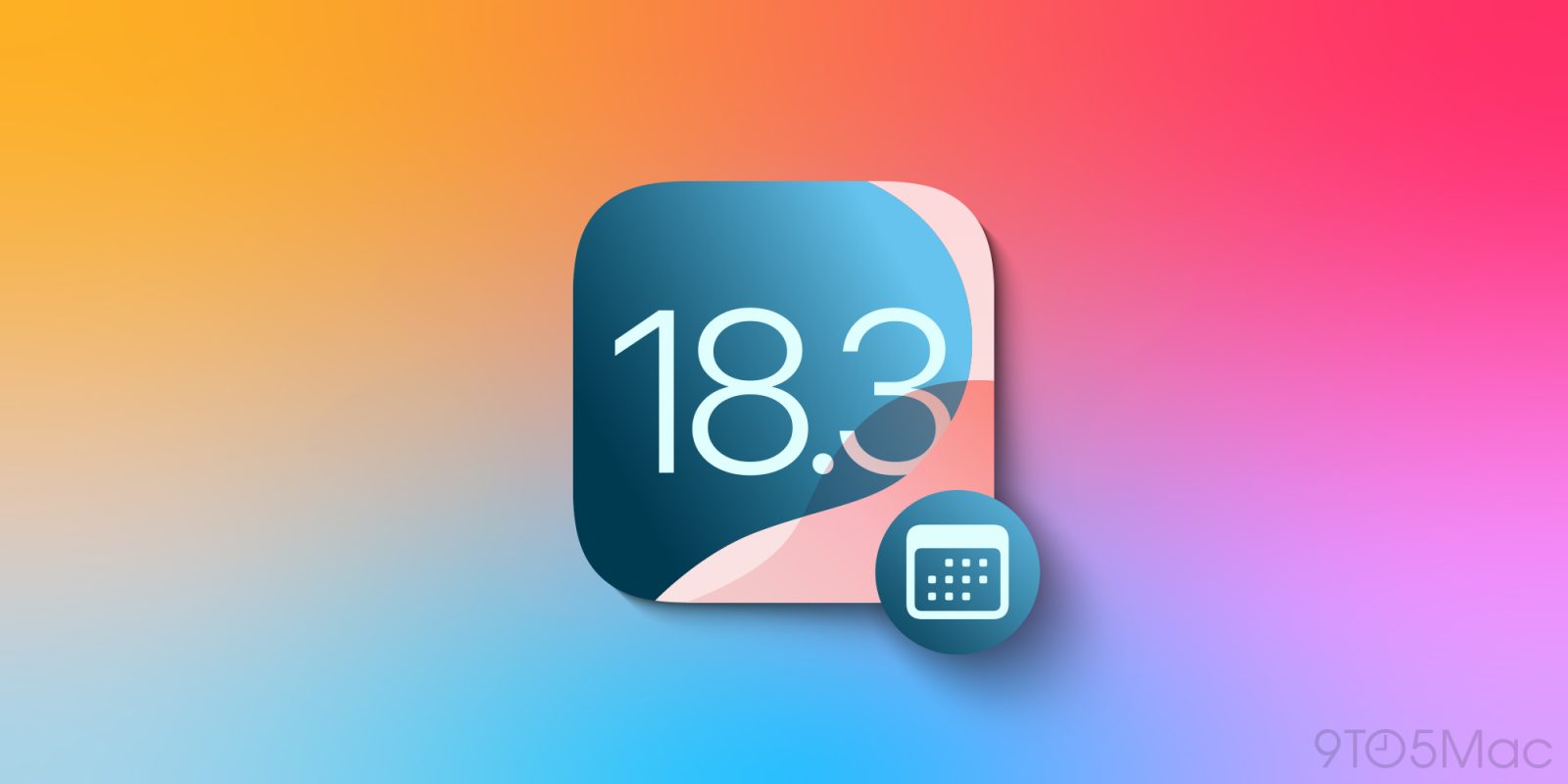

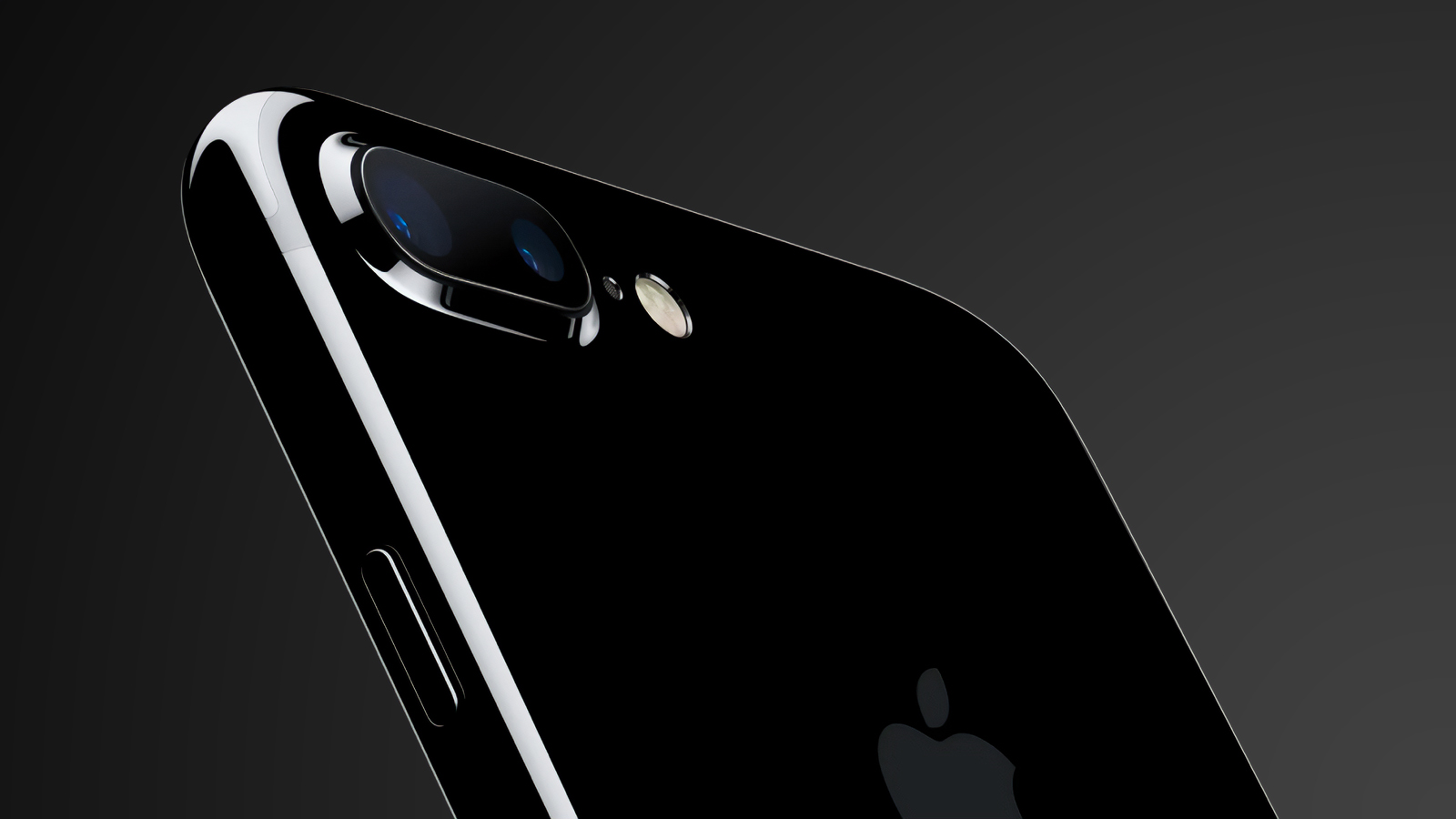
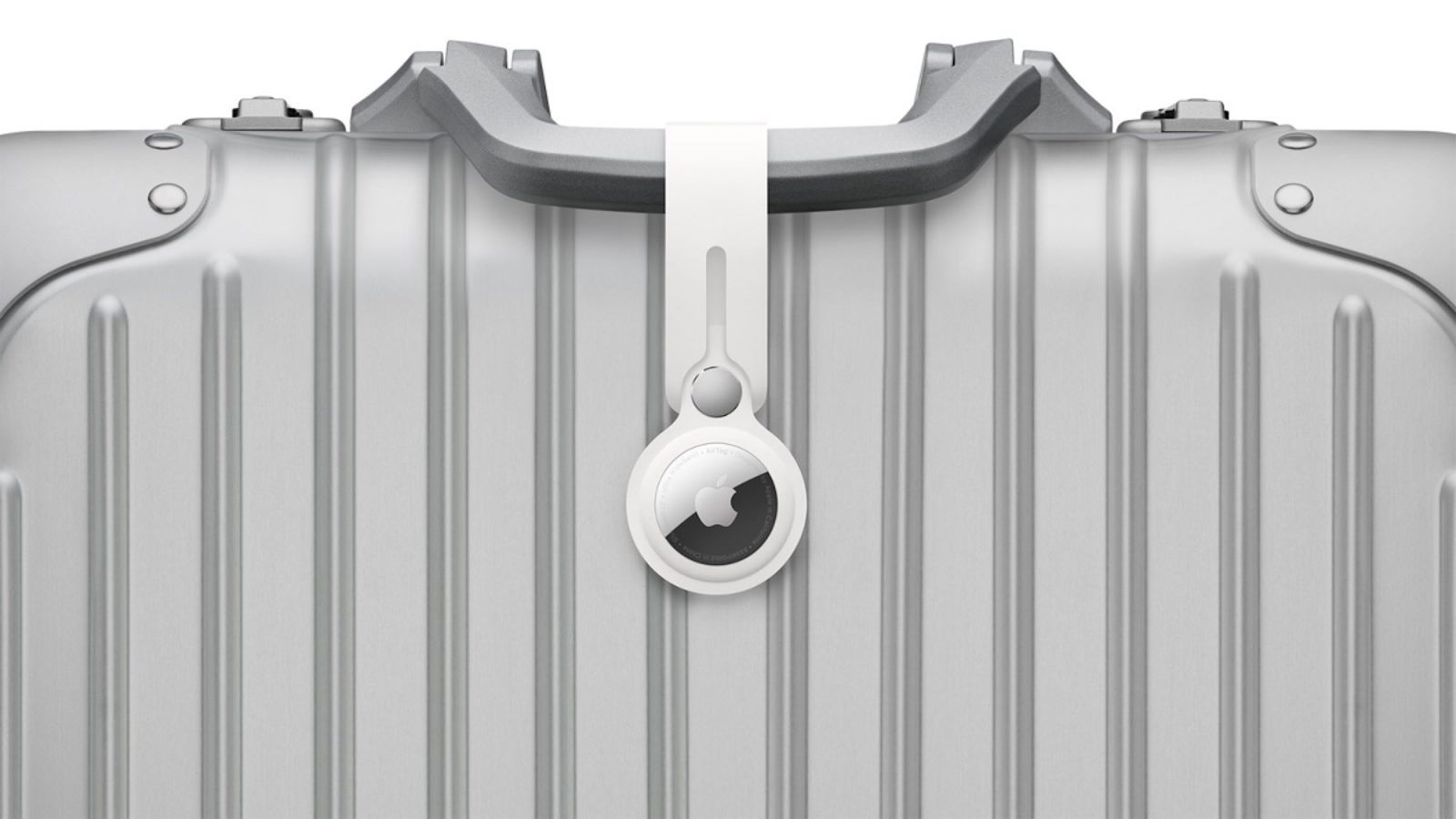

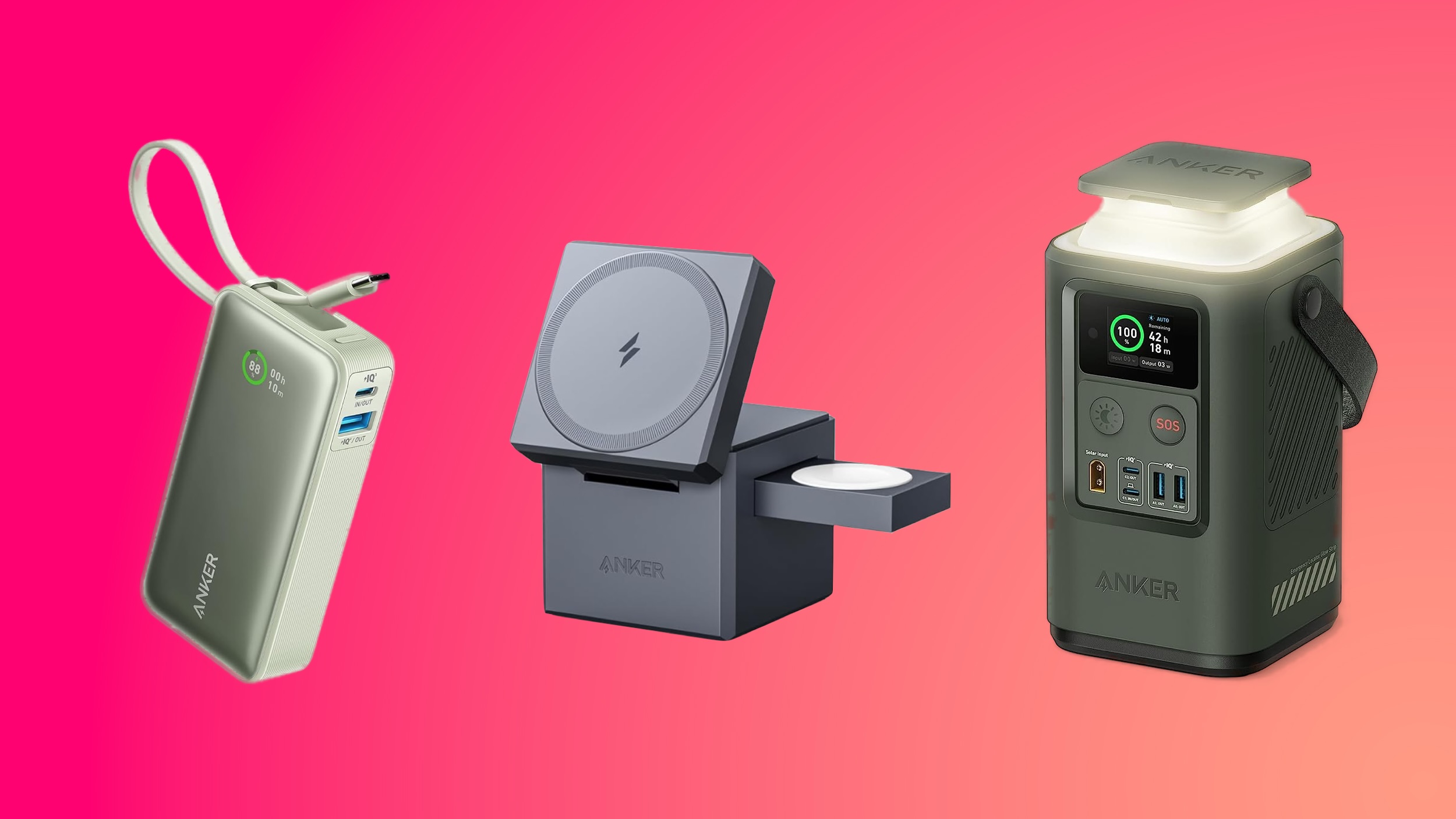 Note: MacRumors is an affiliate partner with Anker. When you click a link and make a purchase, we may receive a small payment, which helps us keep the site running.
Note: MacRumors is an affiliate partner with Anker. When you click a link and make a purchase, we may receive a small payment, which helps us keep the site running.
